 ‘Four things to see this week’ is sponsored by Bloomberg Connects, the free arts and culture app. Bloomberg Connects lets you access museums, galleries and cultural spaces around the world on demand. Download the app here to access digital guides and explore a variety of content.
‘Four things to see this week’ is sponsored by Bloomberg Connects, the free arts and culture app. Bloomberg Connects lets you access museums, galleries and cultural spaces around the world on demand. Download the app here to access digital guides and explore a variety of content.
Each week we bring you four of the most interesting objects from the world’s museums, galleries and art institutions, hand-picked to mark significant moments in the calendar.
Born on 8 July 1867, Käthe Kollwitz was one of the great graphic artists and printmakers of German Expressionism and a powerful advocate for social change. She believed it was her duty to speak out for those who could not about ‘the never-ending sufferings heaped mountain-high’ and did so through highly emotive imagery.
While the Expressionist movement may seem to have become indelibly linked with Edvard Munch’s The Scream, many of its lesser players and higher ideals are now beginning to get the attention they deserve. Artists such as Erma Bossi, Marianne Werefkin and Paula Modersohn-Becker, who were recently included in the Royal Academy’s ‘Making Modernism’ exhibition, used the vivid colour palettes and textural brushwork associated with the movement to similarly challenge social expectations and imbue their work with intense feeling.
This week we take a look at some of the key figures of this movement, from Kollwitz to Munch and beyond.
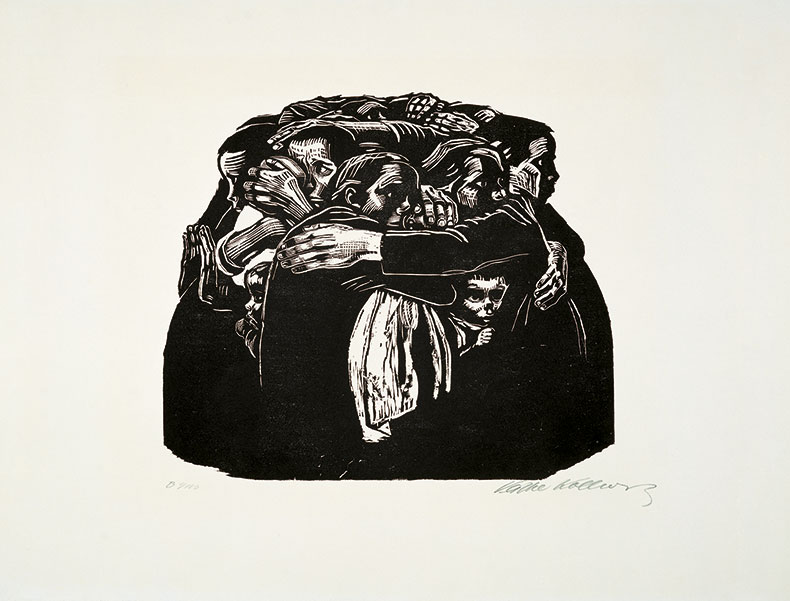
The Mothers (Die Mütter) (1922–23), Käthe Kollwitz. Photo: John Seyfried; © Artists Rights Society (ARS), New York/VG Bild-Kunst, Bonn, Germany
1. The Mothers (Die Mütter) (1922–23), Käthe Kollwitz
Cranbrook Art Museum, Bloomfield Hills
One of the most famous portfolios in Käthe Kollwitz’s oeuvre is War. The series was produced in 1923, following the trauma of the First World War and at the height of the pacifist movement in Germany. It consists of seven woodcuts of parents, widows and young people united in grief. This work shows a group of mothers huddled together, their arms wrapped around each other’s bodies in solidarity to form a dome-like structure. Between their skirts, the next generation peeps out. Click here to find out more.
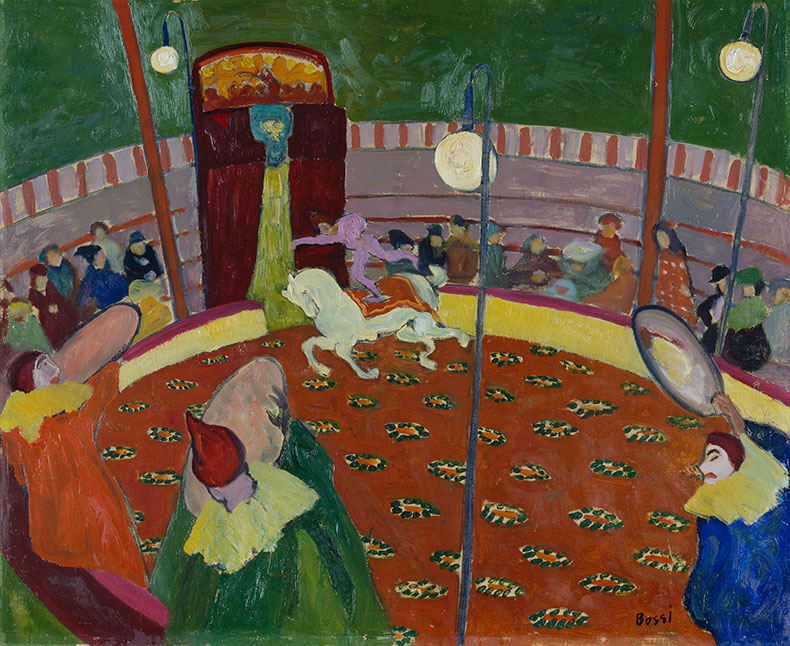
Circus (1909), Erma Bossi. Städtische Galerie im Lenbachhaus and Kunstbau Munich, on permanent loan from the Gabriele Münter and Johannes Eichner Foundation, Munich. © legal successor
2. Circus (1909), Erma Bossi
Lenbachhaus, Munich
This circus scene was painted by the Italian artist Erma Bossi, who was associated with the Blue Rider group which was founded by Franz Marc, Wassily Kandinsky and his partner, Gabriele Münter. The vivid colours and dynamic composition suggest the importance of the Cubist and Fauvist influence on the Expressionists. Click here to find out more.
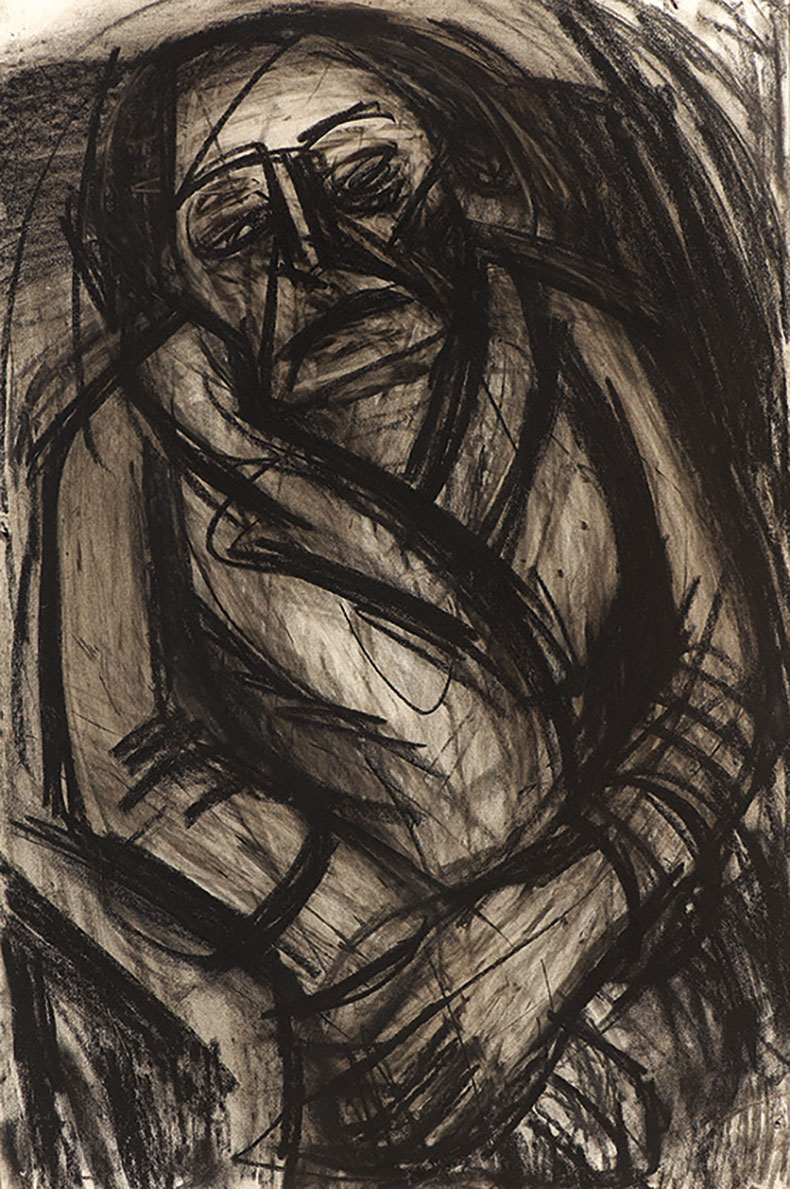
Portrait of N M Seedo (c. 1957), Leon Kossoff. Ben Uri Collection. © Estate of Leon Kossoff.
3. Portrait of N M Seedo (c. 1957), Leon Kossoff
Ben Uri Gallery and Museum, London
Leon Kossoff was a member of the pioneering School of London, an informal group of painters which included Lucian Freud, Frank Auerbach and Euan Uglow. They were united in their desire to depict the human figure in a way that reflected the trauma of post-war society in Britain. In this work, Kossoff conveys the suffering of the émigrée writer Sonia Husid (1906–85), known by her nom de plume N M Seedo, after her experience of pogroms in Romania. Click here to find out more on the Bloomberg Connects app.

The Sun (1910–11), Edvard Munch. Munch Museum, Oslo
4. The Sun (1910–11), Edvard Munch
Munch Museum, Oslo
Edvard Munch was a political radical in his youth. He was friends with the anti-establishment members of the Oslo Bohemians, who were advocates of free love and he credited these figures with his turn away from realism. Munch’s particular style might be most familiar in the form of The Scream (1893) – but in this vast mural, completed for Oslo University much later in his career, it reached another thrilling apogee. Click here to find out more.
Download now
![]() ‘Four things to see this week’ is sponsored by Bloomberg Connects, the free arts and culture app. Bloomberg Connects lets you access museums, galleries and cultural spaces around the world on demand. Download the app here to access digital guides and explore a variety of content or scan the QR code.
‘Four things to see this week’ is sponsored by Bloomberg Connects, the free arts and culture app. Bloomberg Connects lets you access museums, galleries and cultural spaces around the world on demand. Download the app here to access digital guides and explore a variety of content or scan the QR code.
Unlimited access from just $16 every 3 months
Subscribe to get unlimited and exclusive access to the top art stories, interviews and exhibition reviews.


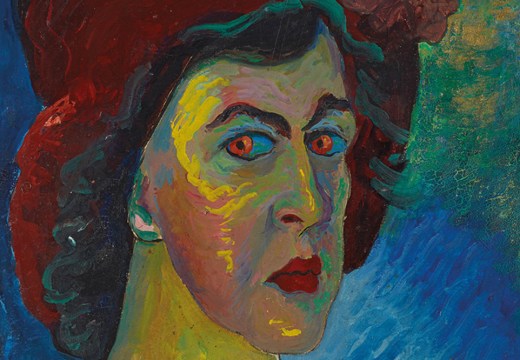
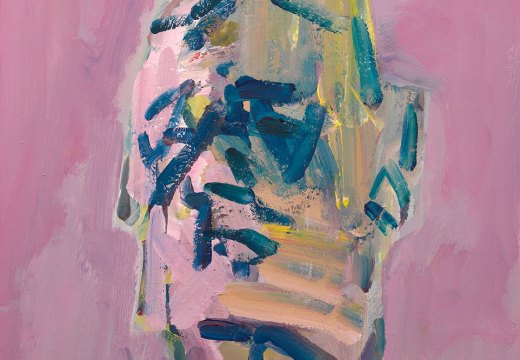
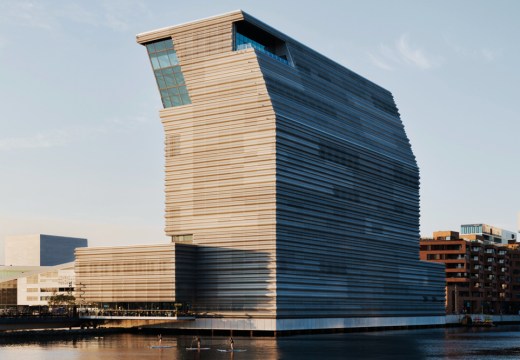









![Masterpiece [Re]discovery 2022. Photo: Ben Fisher Photography, courtesy of Masterpiece London](http://www.apollo-magazine.com/wp-content/uploads/2022/07/MPL2022_4263.jpg)
Suzanne Treister’s tarot offers humanity a new toolbox